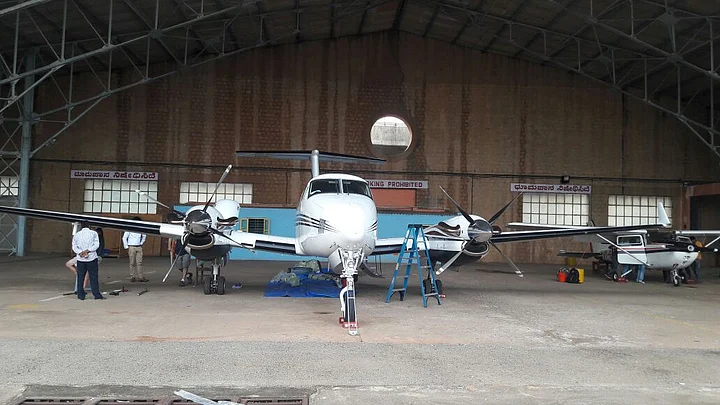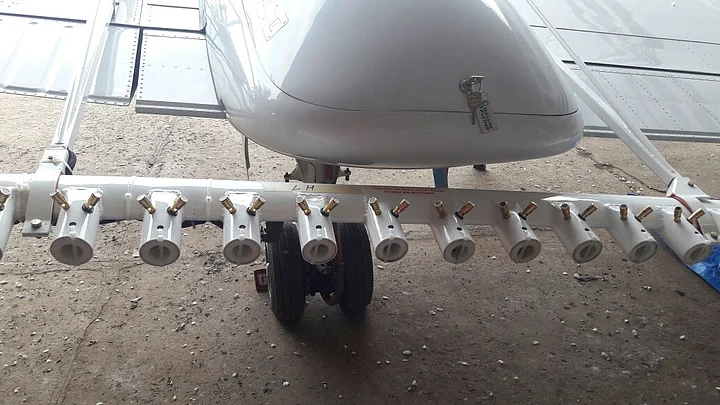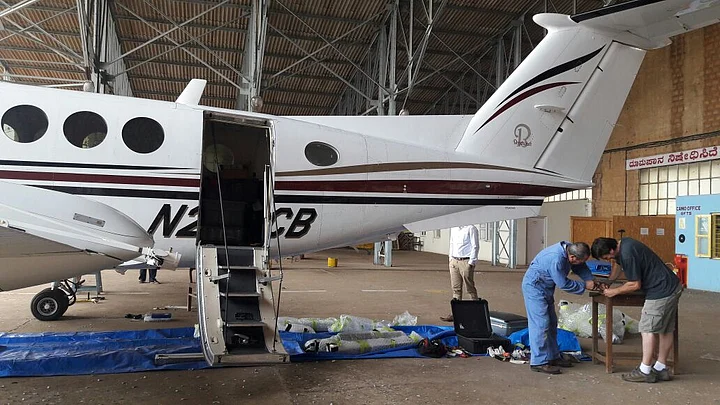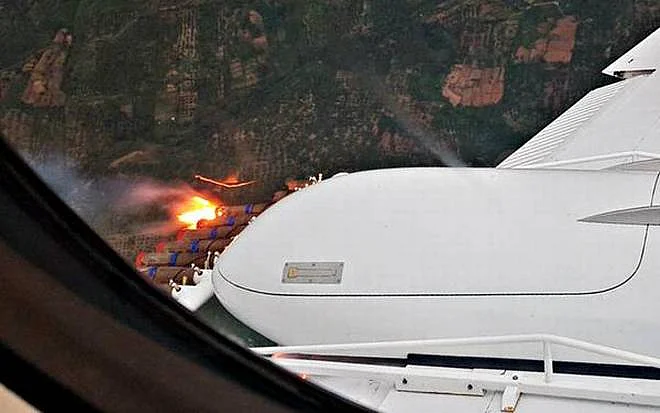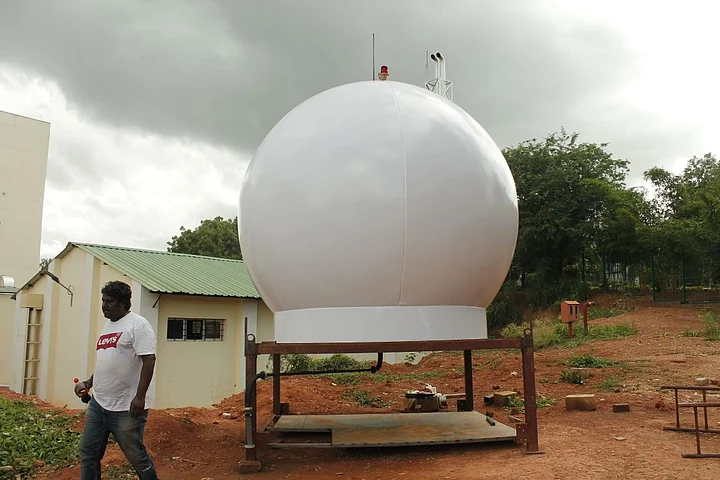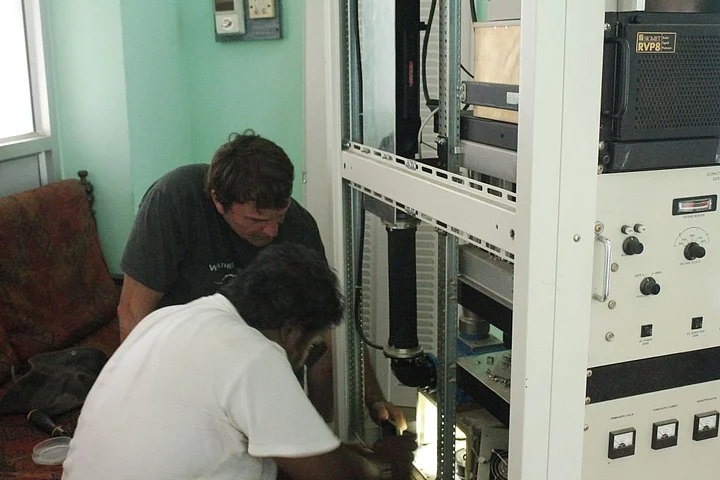Even as Bengalureans were complaining about heavy rains and the subsequent waterlogging on several arterial roads last week, a small aircraft took off from the Jakkur Aerodrome. It carried with it the hopes of several districts in Karnataka, which have been crippled by drought. This aircraft is fitted with flares filled with silver iodide, potassium chloride and sodium chloride – chemicals that enrich rain-bearing clouds.
The ambitious project, which is expected to increase rainfall by 15-20 percent, has seen major delays and received its fair share of criticism as well. But in a state grappling with drought, the project brings new hope.
What is Cloud Seeding?
Droplets collide to form large water-bearing clouds, which rains down as they get heavier. In cloud seeding, potential rain clouds are identified, and using flares fitted on an aircraft, chemicals such as silver iodide, potassium chloride and sodium chloride are sprayed on them to make the cloud denser with water.
Reservoirs Not Full
Even though Bengaluru saw torrential rains in recent weeks, there has been limited rain in the catchment areas in the state. Major dams in Karnataka have not even reached the halfway mark. For example, KRS dam is at 37 percent of its capacity, while Hemavati dam is at 43 percent of its capacity.
Similarly, in the Thungabhadra catchment area, the Thungabadra dam has reached only 65 percent of its capacity, while Bandra dam is at 55 percent capacity.
Condition of dams in Malaprabha catchment areas are even worse, with Malaprabha dam having only 25 percent water of its capacity, as on 31 August.
Imported Radars
Cloud seeding was last attempted in the state in 2003-04. During the past attempts, aircraft would fly in the hope of finding potential rain clouds. In 2017, however, sophisticated equipment has been procured to locate these clouds.
Three doppler radars, capable of detecting cloud formation up to a range of 250 km, have been procured by the state government. One of the radars is operational in Bengaluru, while the other two are to come up in Gadag and Shorapur.
These radars will guide two aircraft operating from Bengaluru and Hubli for cloud seeding. As per the contract with a private firm, over the next 60 days, cloud seeding will be conducted over three major catchment areas – Cauvery, Malaprabha and Tungabhadra – in the state.
Window Missed Due to Delays
The cloud seeding was to begin early in August, where chances of cloud formation are high. However, the cloud seeding was delayed by at least 10 days after the doppler radars were held up at the Kempegowda International Airport in Bengaluru, due to lack of clarity on the GST to be applied on the equipment.
Although the project didn’t start during peak time, there is hope that the cloud seeding can still provide results.
Following hiccups with the central agencies, the cloud seeding project saw more trouble with not getting permissions from Kempegowda International Airport Air Traffic control and Yelahanka Air Force Station. Some cloud seeding flights were grounded because clearances were not given by the ATC.
On Tuesday, a meeting was held between the ATC of five airports in the state and the state government to get the required clearances for the cloud seeding operations.
Over 8 Hours of Flying
As per the latest figures, cloud seeding operations took place in Mavalli, Maddur, Belur, Holenarsipura, Maddur, Kanakapura taluk, Magadi, Kanakapura and Nelamanagala over the last six days. The aircraft recorded a total flight time of 8.55 hours and fired 52 flares over the clouds, so far.
According to Karnataka State Natural Disaster Monitoring Cell, moderate showers for 45 minutes to one hour were received in regions where cloud seeding was performed. However, the effectiveness of the project will be known after the analysis of data over the next few weeks.
Cost Effective, Says Minister
Krishna Byre Gowda, Minister for Agriculture, during public interactions said that it was not a costly affair. According to the minister, the state government spent over Rs 7,000 crore on drought management and the losses incurred due to the drought is as high as Rs 15,000 crore. The cost of cloud seeding is only Rs 35 crore.
The effectiveness of the project will known only in the coming week. Until then, the arguments on whether cloud seeding is an expensive political game for votes, or a life saving gift to to the struggling farmers in the state, will continue.

